新書推薦:

《
舍不得星星:全2册
》
售價:NT$
356.0
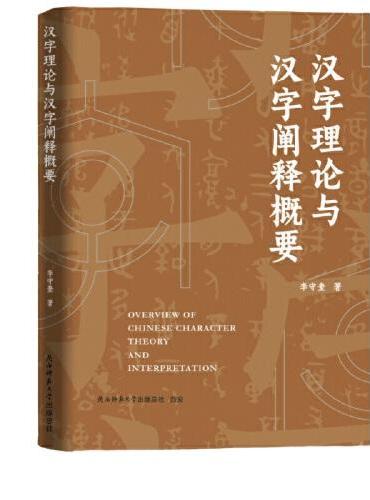
《
汉字理论与汉字阐释概要 《说解汉字一百五十讲》作者李守奎新作
》
售價:NT$
347.0

《
汗青堂丛书144·决战地中海
》
售價:NT$
765.0
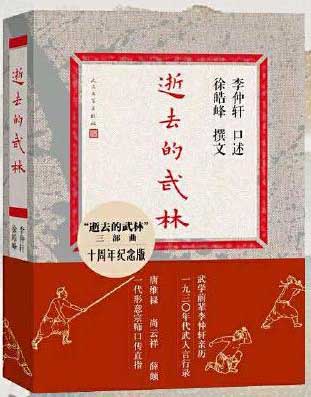
《
逝去的武林(十周年纪念版 武学宗师 口述亲历 李仲轩亲历一九三零年代武人言行录)
》
售價:NT$
250.0

《
唐代冠服图志(百余幅手绘插画 图解唐代各类冠服 涵盖帝后 群臣 女官 士庶 军卫等 展现唐代社会风貌)
》
售價:NT$
398.0
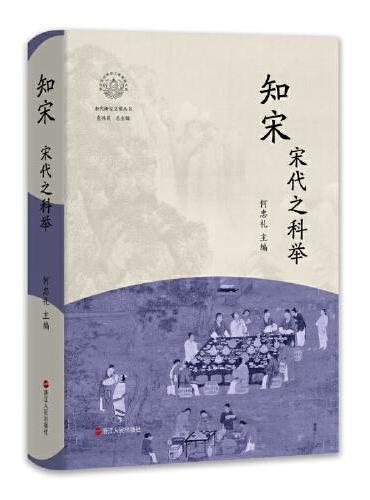
《
知宋·宋代之科举
》
售價:NT$
454.0
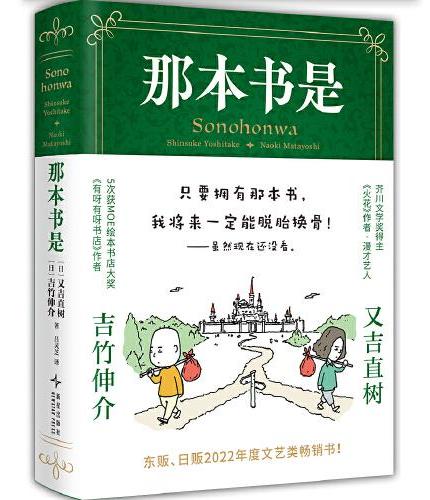
《
那本书是(吉竹伸介与又吉直树 天才联动!)
》
售價:NT$
454.0
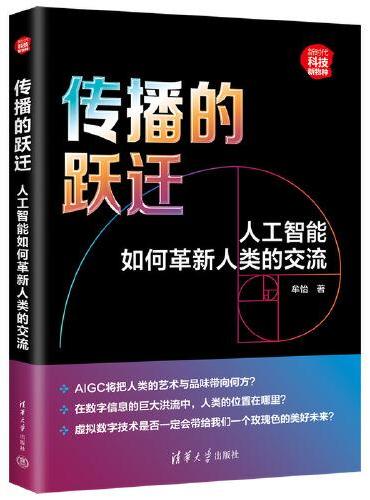
《
传播的跃迁:人工智能如何革新人类的交流
》
售價:NT$
505.0
|
| 編輯推薦: |
|
通信系统,电子电路,高等学校,教材,英文
|
| 內容簡介: |
|
《通信电子电路=Communication Electronic Circuits:英文》是教育部来华留学英语授课品牌课程的配套教材。《通信电子电路=Communication Electronic Circuits:英文》共6章,主要内容包括通信电子电路理论基础、射频放大器、高频振荡器、幅度调制解调与混频、角度调制与解调和锁相环路等。《通信电子电路=Communication Electronic Circuits:英文》较系统地介绍了通信电路与系统的核心内容。其特点是以基本概念和基本理论为基础,介绍电路的工作原理及其应用设计,使读者了解从电路分析到设计的过程。
|
| 目錄:
|
Contents
Chapter l
Introduction to basic knowledge of communication electronic circuits 1
1.1 Introduction to communication system 1
1.1.1 Composition ofcommunication system 1
1.1.1.1 Signal source 1
1.1.1.2 Transmitting equipment 2
1.1.1.3 Channel 2
1.1.1.4 Noise 2
1.1.1.5 Receiving equipment 2
1.1.1.6 Destination 2
1.1.2 Classification ofcommunication systems 3
1.2 Basic components of communication system 4
1.2.1 Transmitting unit 4
1.2.2 Channel 6
1.2.2.1 Ground wave 6
1.2.2.2 Sky wave 7
1.2.2.3 Space wave 7
1.2.3 Receiving equipment 8
1.3 Division of wireless communication frequency bands 10
1.4 Frequency-selective circuits 13
1.5 LC resonant circuits 13
1.5.1 Equivalent conversion of series parallel circuit 14
1.5.2 Basic characteristics of LC parallel resonant circuit 15
1.5.2.1 LC parallel resonant circuit without load 15
1.5.2.1.1 Resonance condition of the parallel resonant circuit 15
1.5.2.1.2 Resonant characteristics 16
1.5.2.1.3 Impedance characteristic curves 17
1.5.2.1.4 Frequency-selective characteristics of LC parallel resonant circuit 18
1.5.2.1.5 Bandwidth 19
1.5.2.1.6 Rectangular coefficient 21
1.5.2.2 LC parallel resonant circuit with load 22
1.5.3 Basic characteristics of LC series resonant circuit 23
1.5.3.1 LC series resonant circuit without load 23
1.5.3.1.1 Resonance condition of series resonant circuit 23
1.5.3.1.2 Resonant characteristics 23
1.5.3.1.3 Energy relationships 24
1.5.3.1.4 Impedance characteristic curves 25
1.5.3.1.5 Frequency-selective characteristics of LC series resonant circuit 26
1.5.3.2 LC series resonant circuit with load 26
1.6 Solid filters 27
1.6.1 Quartz crystal filters 27
1.6.2 Ceramic filters 28
1.6.3 Surface acoustic wave filters 29
1.7 Impedance conversion networks 31
1.7.1 Autotransformer circuit 31
1.7.2 Mutual transformer circuit 33
1.7.3 Capacitor divider circuit 34
1.7.4 Partial access of the signal source 35
1.8 LC frequency matching networks 35
1.8.1 L-type matching network 35
1.8.2 T-type matching network 38
1.8.3 π-Type matching network 40
1.9 Basic characteristics of nonlinear devices 42
1.9.1 Introduction 42
1.9.2 Characteristics of nonlinear devices 43
1.9.3 Frequency conversion by nonlinear devices 45
1.9.3.1 Power series analysis 46
1.9.3.2 Linear time-varying analysis 47
1.9.3.3 Exponential function analysis method 49
1.9.3.4 Switching function analysis method 49
1.9.3.5 Hyperbolic function analysis 52
1.10 Summary 54
Problems 55
Chapter 2
Radio frequency amplifiers 57
2.1 Introduction to radio frequency amplifiers 57
2.2 Small signal tuned amplifier 57
2.2.1 High-frequency model of transistor 58
2.2.1.1 Y-parameter BJT equivalent circuit 58
2.2.1.2 Hybrid n equivalent circuit of BJT 59
2.2.1.3 High-frequency parameters of the transistor 60
2.2.2 Performance of small signal amplifier 63
2.2.2.1 Gain 63
2.2.2.2 Bandwidth 63
2.2.2.3 Rectangle coefficient 64
2.2.3 Small signal tuned amplifier circuits 64
2.2.3.1 Equivalent circuit ofthe amplifier and simplified circuit 65
2.2.3.2 Amplifier technical specifications calculation 67
2.2.3.3 Multistage single resonant circuit amplifiers 69
2.2.4 Stability of small signal amplifiers 70
2.2.5 Low noise variable gain broadband amplifiers 71
2.2.5.1 Features of AD603 71
2.2.5.2 Theory of operation 71
2.2.5.3 Gain control introduction 72
2.3 Analysis of radio frequency power amplifier 73
2.3.1 Performance of radio power amplifier 74
2.3.2 Classification of power amplifier 77
2.3.3 Analysis of periodic cosine pulses 78
2.4 Radio frequency tuned Class C power amplifier 81
2.4.1 Piecewise-linear approximation technique 82
2.4.2 Operating principle of Class C power amplifier 84
2.4.2.1 Amplifier characteristic 86
2.4.2.2 Load characteristic 86
2.4.2.3 Collector modulation characteristic 87
2.4.2.4 Base modulation characteristic of Class C power amplifier 88
2.4.3 Bias circuits 90
2.4.3.1 Collector bias circuit 90
2.4.3.2 Base bias circuit 90
2.5 Class E power amplifier 91
2.6 Class F power amplifier 94
2.7 Summary 97
Problems 97
Chapter 3
Sinusoidal oscillators 99
3.1 Introduction 99
3.2 Operational principle of feedback oscillators 100
3.2.1 Basic principle and analysis ofoscillation 100
3.2.2 Oscillation conditions of feedback oscillators - 101
3.2.2.1 Startup condition ofoscillation 101
3.2.2.2 Balance condition ofoscillation 102
3.2.2.3 Stability condition ofoscillation 102
3.2.2.4 Discussion on oscillation conditions 104
3.3 Feedback-type LC oscillators 105
3.3.1 Principle of feedback-type LC oscillators composition 105
3.3.2 Colpitts circuit 107
3.3.3 Hartley circuit 109
3.4 Improved capacitance feedback LC oscillators 111
3
|
|










